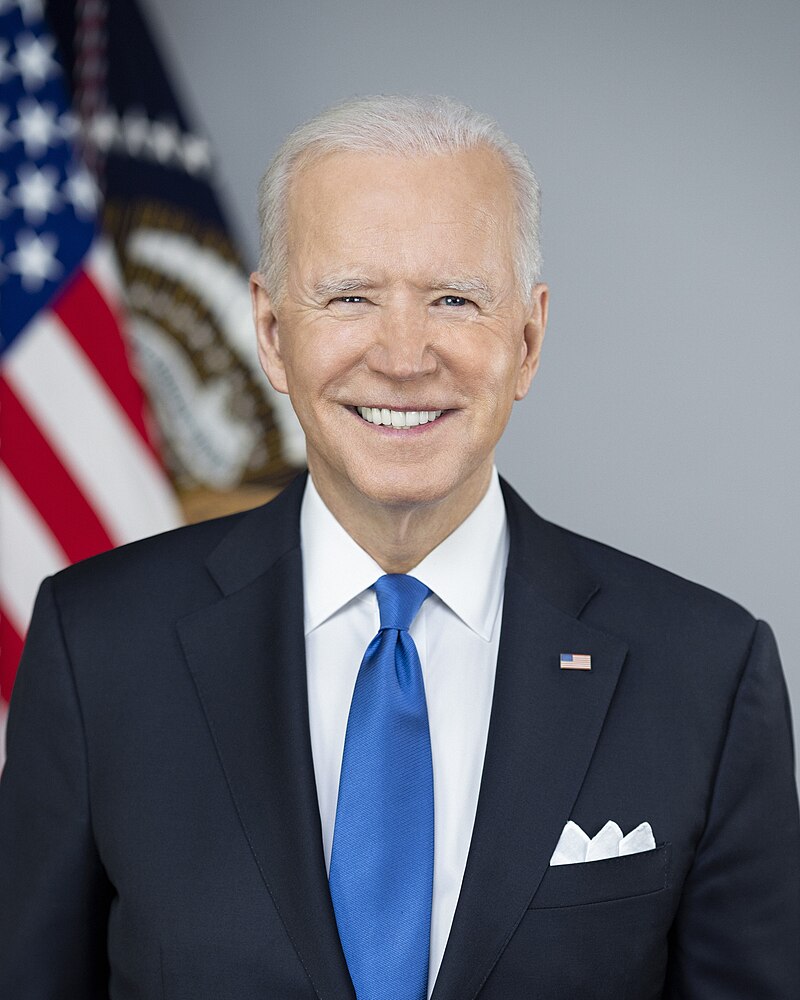“Whether you are a teacher, a small business owner, or a nurse, or a janitor, no women’s health should depend on who she is or where she works or how much money she makes,” said President Barack Obama on Feb. 10 in his public announcement at the White House. “Every woman should be in control of a decision that could affect her own health.”
Early this month, Obama altered his stance on birth control. The original policy was that churches and religious organizations were exempt from following the requirement to provide preventive contraception, including birth control, to women.
Now, the policy asserts that preventative care must be offered on the insurance plans of the employees of all religiously affiliated organizations, regardless of the organization’s ethical position on birth control.
The cost of contraception, however, will be covered by the organization’s insurance company, leaving the church itself exempt from paying any fees that would contribute to the provision of preventative care.
The Catholic Church — and many other religious groups — remains highly against the promotion of birth control and preventive care for women. Instead, they believe the purpose of intercourse is solely for procreation, which birth control prohibits. Having birth control available at religious institutions would imply the Catholic Church supports contraception, which it by principle does not.
The debate boils down to how the nation should balance religious freedom while keeping the religious liberty of the individual in mind.
“It’s religious freedom, but one of the things that’s getting lost sometimes is the religious freedom of the employee,” said Associate Professor of Political Science Maria Rosales.
Every individual has their own personal set of beliefs and morals. The religious affiliation of their employer should not inhibit their ability to protect themselves.
There are different reasons for preventive care, as third-year Devon Stokey points out.
“I believe many religious organizations condemn their use without taking into account the full scope of their uses,” said Stokey. “Many women now take the drugs for health reasons.”
Despite religious opposition and each individual’s right to refuse contraception, birth control is widely used today. Many women use birth control to prevent unwanted pregnancies.
“Nearly 99 percent of women have relied on contraception at some point in their lives,” Obama said in his announcement at the White House.
In addition to understanding the different reactions to this new policy, it is equally important to understand the influences behind the change to make the insurance company provide the preventative care. The current political atmosphere has led Obama to make this accommodation for the Catholic Church.
We are entering an election year with only nine months remaining. According to The New York Times, the policy change may have been inspired by the president’s motivation to gain support in the coming election.
“This accommodation is a political strategy,” said Rosales. “It successfully will make many Democrats angry at the Republicans because it’s targeting the conservative versus liberal issue even though, in fact, most conservatives also support contraception.”
On the other hand, however, it has offended many Catholic Democrats who believe religiously affiliated organizations, like churches, should be completely exempt from providing contraception, NPR reports.
Nonetheless, the current policy makes Obama more appealing to the liberals and moderates. Strategically, this policy is geared towards the swing voters, according to Rosales.
Cost, however, is still a main factor, and many are wary of how much the insurance companies will have to pay for preventative care. Jacob Lew, White House chief of staff, responded to these concerns, comparing the cost of preventative care to the long-term costs of unwanted pregnancies.
“The plan without contraception costs more than the one with it,” said Lew to CNN. “So this will not cost the insurance companies money. It will not put religious institutions in a position where they have to violate their principles.”
While the compromise is still being met with resistance on various levels, it will soon be implemented across the country, and many are hopeful that it will have a lasting positive effect.
“It’s my hope that the churches feel like they maintain their right to hold religious values while their patrons feel free to make individual choices about their lives and health,” said Stokey. “I know that the proposed policy has changed a few times now, and I think (it) does a fairly good job of meeting everyone’s needs.”







Lori • Mar 13, 2012 at 11:22 pm
Samantha, you raise an valid point about the possibility that hlaeth insurance costs will rise as the companies are required to provide more complete coverage. Ideally, insurance companies would recognize that preventing unintended pregnancies actually saves everyone money. It’s great that you’re able to get your birth control for $9 a pack we’ve heard stories of women paying anywhere from $35 to $50 a month!